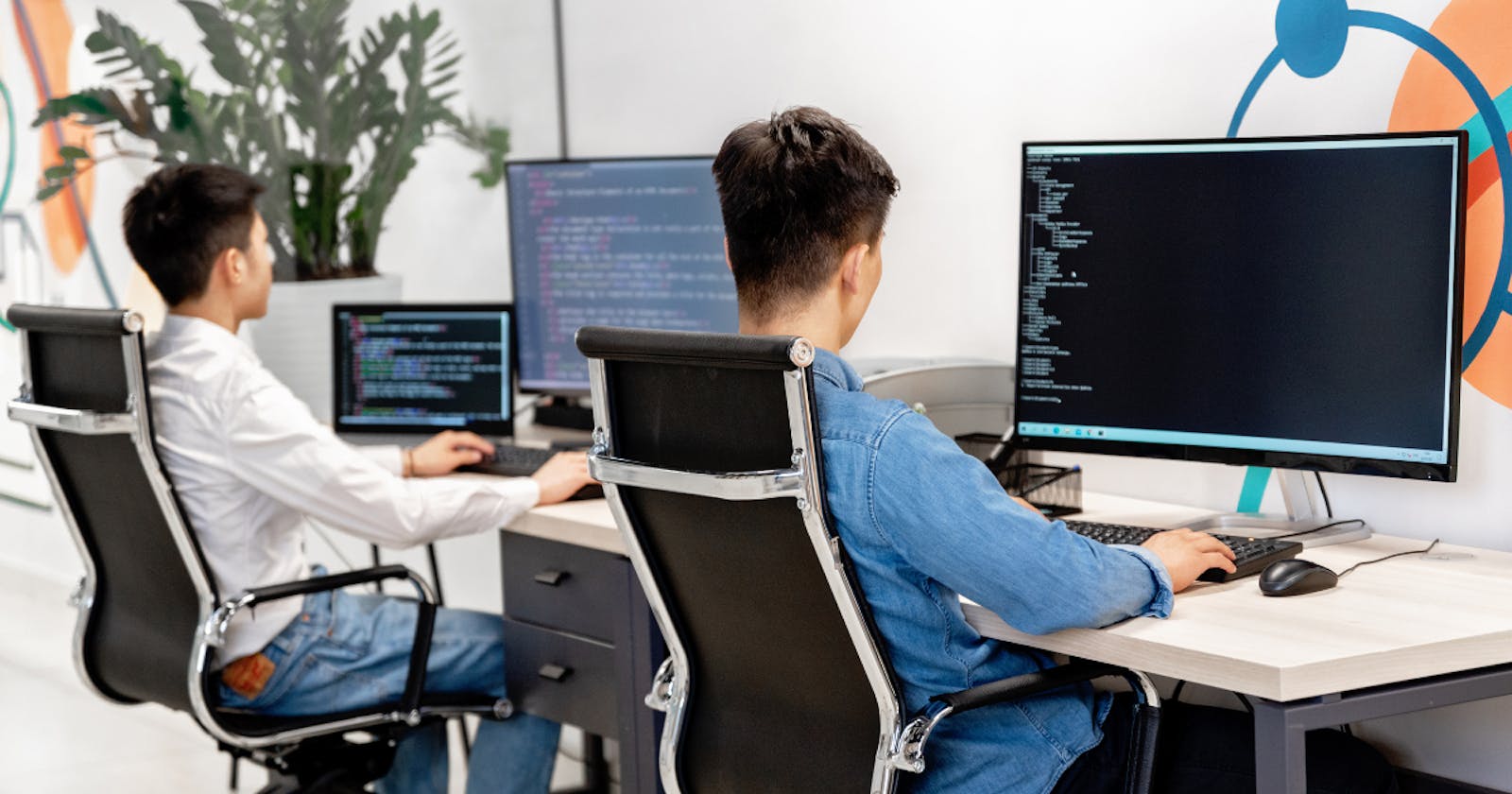Table of contents
- Why do some companies use pair programming as a way to interview candidates?
- 1. Treat it as a typical pair programming session
- 2. Read the problem statement thoroughly
- 3. Think out loud
- 4. Ask yourself if there could be any edge cases
- 5. Write clean code
- 6. If you get stuck, ask for hints from your interviewers
A pair-programming interview is a style of interview that involves a candidate and an interviewer. The interviewer will present the candidate with a problem statement, and the candidate will have to solve it within a time frame (usually 60 minutes).
The interviewer may use a pair programming sharing platform like HackerRank or Codility. In this case, there is no need to share your screen as the interviewer will access the link and check your code as you're typing. Or, they can type the question in a normal text editor and let you share your screen.
This article will share tips on succeeding during a pair-programming interview.
Let's start.
Why do some companies use pair programming as a way to interview candidates?
It's because, with pair-programming, you can test 3 skills: problem-solving, teamwork and communication.
Teamwork and collaboration are more important than ever as remote work evolves into hybrid work. Companies are looking for ways to hire developers who have strong coding and communication skills. Pair programming is one way to test both. [TechRepublic]
1. Treat it as a typical pair programming session
Shift your mindset by treating the interview as a typical pair-programming session you would have with someone more experienced than you.
You're collaborating with a potential future colleague to solve a problem. You must demonstrate your teamwork skills during this session.
2. Read the problem statement thoroughly
Take a few minutes to read the problem statement and understand your goals. Don't be afraid to ask questions if something doesn't sound right.
Once you understand the problem statement, figure out how to break down the problem into smaller sub-problems.
3. Think out loud
Thinking aloud helps identify whether your proposed approach will lead you in the right direction. It helps you self-correct, and it's an occasion for you to demonstrate your communication skills to your interviewer.
You potentially avoid going down the wrong path when vocalising your thought process.
Before typing code, discuss any design decisions with the interviewer.
Explain why you decided to pick a particular data structure or algorithm.
In the end, ask them what they think about your proposed approach. Involve your interviewer throughout the process.
4. Ask yourself if there could be any edge cases
More likely than not, interviewers won't tell you if there could be any edge case because they want to test if you can catch any underlying problems with the problem statement.
Considering any potential edge cases when solving the problem is good practice.
5. Write clean code
Write readable, testable and maintainable code. Give meaningful names to variables, methods, and classes.
Some companies also expect you to be confident with writing tests (perhaps using TDD) and knowing the IDE of your choice.
6. If you get stuck, ask for hints from your interviewers
As point number 1, a pair-programming session involves two people collaborating to solve a problem.
If you get stuck, ask for pointers from your interviewer. If they're good at interviewing, they'll help you get unstuck or deconstruct any doubts you might have.
Conclusion
In this article, you've learned what a pair programming interview is, what to expect, and tips to succeed in your next pair programming interview.
If this article was helpful to you, consider subscribing to my FREE weekly newsletter.
Best of luck! 🍀🍀🍀

